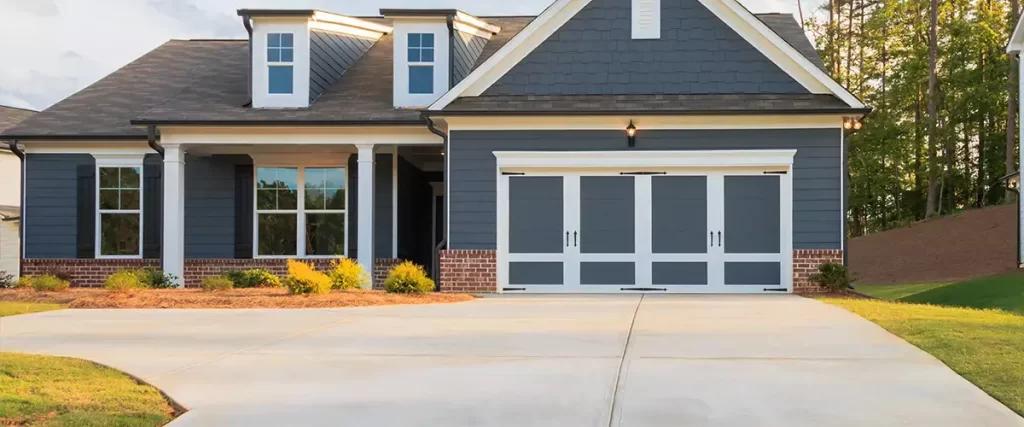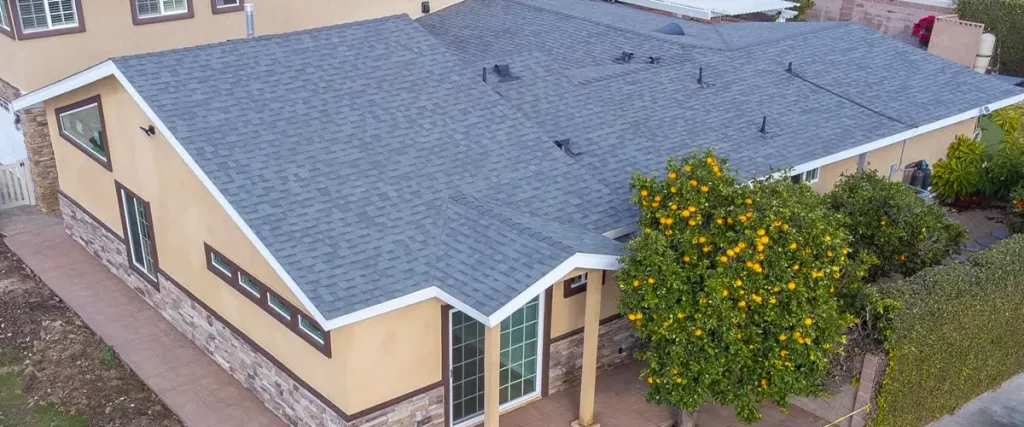Flood zones aren’t exactly the first thing you think about when planning a new backyard unit in Norwalk or Cerritos. But if you’re thinking about building an Accessory Dwelling Unit (ADU) and your property falls within or near a flood zone, it’s a big deal.
You may be wondering: “Can I even build an ADU here?” The short answer? Yes, but it’s complicated. And that’s what we’re here to walk you through.
Whether you’re dreaming of an income-generating rental or a cozy suite for family, understanding how flood zone regulations affect your ADU project is crucial. Let’s dive into what you need to know, without the confusing legal jargon.

Understanding Flood Zones in Norwalk and Cerritos
Before you pull out the blueprint, you need to understand where your property stands—literally. Both Norwalk and Cerritos have areas designated by FEMA (Federal Emergency Management Agency) as flood zones. These zones are used to determine flood risk, and they can directly impact your ability to build new structures like ADUs.
What is a FEMA Flood Zone?
Flood zones are geographic areas that FEMA has classified according to varying levels of flood risk. These include:
- Zone X (Minimal Risk) – Most properties fall here. Building is straightforward.
- Zone AE (High Risk) – You’re in the floodplain. Expect more paperwork.
- Zone AO, AH, or VE (Very High Risk) – Development is still possible, but it’s highly regulated and more expensive.
Where Are the Flood Zones in Norwalk and Cerritos?
You can use FEMA’s Flood Map Service Center to look up your address. But generally speaking:
- In Norwalk, flood-prone areas tend to be near the San Gabriel River and the Lower San Gabriel Watershed.
- In Cerritos, zones around the Coyote Creek and portions near the Los Coyotes Flood Control Channel are more likely to be designated high-risk areas.
Can You Build an ADU in a Flood Zone?
Yes, you can, but there are strict rules depending on your flood zone designation. California state law supports ADU construction on most residential properties, but federal and local regulations regarding flood zones can create exceptions.
Key Considerations:
- Elevation Requirements
- In high-risk areas like Zone AE, your ADU must be elevated above the Base Flood Elevation (BFE), which is the level floodwaters are expected to reach during a 100-year storm event.
- In high-risk areas like Zone AE, your ADU must be elevated above the Base Flood Elevation (BFE), which is the level floodwaters are expected to reach during a 100-year storm event.
- Foundation Type
- Standard slab-on-grade foundations are usually not allowed in high-risk zones. You may need to build on piers or stem walls.
- Standard slab-on-grade foundations are usually not allowed in high-risk zones. You may need to build on piers or stem walls.
- Permit Complexity
- You’ll likely need a Floodplain Development Permit from your local city or county office, on top of the regular building permits.
- You’ll likely need a Floodplain Development Permit from your local city or county office, on top of the regular building permits.
- Flood Insurance
- If you’re building in a Special Flood Hazard Area (SFHA), lenders may require flood insurance before approving a mortgage or construction loan.
- If you’re building in a Special Flood Hazard Area (SFHA), lenders may require flood insurance before approving a mortgage or construction loan.
How Do You Know If Your Property is Impacted?
Here’s how you can check:
- Visit the FEMA Flood Map Center.
- Enter your address and review the map.
- Check with your local planning department
- Norwalk Planning Division – Norwalk City Planning
- Cerritos Community Development – City of Cerritos Planning
- Norwalk Planning Division – Norwalk City Planning
They can tell you exactly what rules apply to your parcel and what documentation you’ll need.
Local Regulations and ADU-Friendly Laws in CA
California has been pushing hard to make ADUs easier to build—but the state laws don’t override FEMA floodplain management regulations. Local cities like Norwalk and Cerritos must balance state housing initiatives with federal flood safety rules.
What you should know:
- You can still build an ADU in a flood zone, but the unit must meet both state ADU laws and floodplain management standards.
- California’s ADU laws (like SB 9, AB 68) encourage backyard housing, even in high-density or flood-sensitive areas—as long as the project complies with safety standards.
Tips to Navigate the Flood Zone Approval Process
If your property is in a high-risk flood zone, don’t panic. Here’s how to move forward:
- Hire a Licensed Surveyor
- You’ll need an Elevation Certificate to determine if your planned ADU meets the floodplain elevation requirements.
- You’ll need an Elevation Certificate to determine if your planned ADU meets the floodplain elevation requirements.
- Consult with a Local Architect or Engineer
- They can help design a compliant foundation and recommend flood-proofing techniques.
- They can help design a compliant foundation and recommend flood-proofing techniques.
- Submit a Site Plan to Your City
- Include elevations, setbacks, drainage plans, and a detailed explanation of how your ADU will be built to flood-safe standards.
- Include elevations, setbacks, drainage plans, and a detailed explanation of how your ADU will be built to flood-safe standards.
- Stay Ahead of Deadlines
- Flood zone permits can take longer than standard permits. Start early and check in regularly with the building department.
- Flood zone permits can take longer than standard permits. Start early and check in regularly with the building department.
Building Materials That Withstand Flooding
When building in or near a flood zone, choosing the right materials makes all the difference. Here are a few to consider:
- Flood-resistant insulation (closed-cell spray foam)
- Concrete or masonry walls (instead of drywall in lower sections)
- Tile or vinyl flooring (instead of hardwood or carpet)
- Pressure-treated lumber for framing
Best Manufacturers for Flood-Resistant ADU Materials
If you’re in a flood zone, you’ll want materials designed to handle water exposure. These manufacturers offer quality options designed for high-moisture or flood-prone environments.
- James Hardie – Fiber cement siding that holds up in wet conditions.
- CertainTeed – Known for durable vinyl siding and waterproof insulation.
- GAF – Excellent roofing materials designed to resist moisture infiltration.
- Dryvit Systems – Offers exterior insulation and finish systems (EIFS) with moisture management features.
- ZIP System – Sheathing and tape system offering air and water resistance in one panel.

FAQs: Building an ADU in a Flood Zone
Can I build a detached ADU in a flood zone?
Yes, but it must meet elevation and floodproofing requirements set by FEMA and your local jurisdiction.
Will I need a special permit?
If you’re in a Special Flood Hazard Area (SFHA), then yes—a Floodplain Development Permit will likely be required.
How do I know if my property is in a flood zone?
Check the FEMA Flood Map or contact your city’s planning department.
Will insurance rates be higher?
Yes, especially in high-risk zones. Lenders may require a flood insurance policy before approving financing.
Can I use a prefab or modular ADU in a flood zone?
Only if the manufacturer can certify the unit will meet all local and FEMA elevation and flood-resistant building standards.
Final Thoughts: Yes, You Can Build an ADU—But Know the Rules
Living in Norwalk or Cerritos comes with all the perks of Southern California living, but it also means dealing with floodplain regulations if you’re near a river, channel, or creek. Building an ADU is still doable, even in a flood zone; it just takes planning, paperwork, and the right partners.
If you’re considering building an ADU and want help navigating local requirements, contact us at (562) 319-3178. We’re happy to walk you through the process and help you figure out your next steps.
